Photographs: Andrew Caballero/Reuters. Sounak Mitra in New Delhi
After three years from the much-hyped auction of 3G spectrum that added Rs 67,000 crore (Rs 670 billion) to the government exchequer, telecom operators are yet to come out of the red.
And, as recent reports by analysts suggest, it will take two to three years more for the listed telecom operators to reach the break-even point.
Though companies started rolling out services soon after spectrum was allocated, 3G service providers are still struggling to get subscribers, primarily because of unattractive tariffs and low network coverage.
According to a recent research report by Morgan Stanley analysts, the three listed telecom operators - Bharti Airtel, Idea Cellular and Reliance Communications (RCom) are expected to reach break-even point in 3G business in fiscal year 2015 and 2016.
...
Is 3G a missed call for telecom operators?
Image: Prem, son of an idol vendor, plays with a mobile phone.Photographs: Ajay Verma/Reuters
The country’s largest mobile carrier by subscriber base Bharti Airtel, which has 3G spectrum in 13 circles, has just 6.3 million 3G subscribers till March 31, 2013, according to the company’s fourth quarter result statement.
The country’s second largest operator by subscriber base Vodafone, which has 3G spectrum in nine circles, has 3.3 million 3G subscribers and third largest operator Idea Cellular, which has 3G spectrum in 11 circles, 4.1 million 3G subscribers till March 31, 2013.
Anil Ambani-led RCom, which also has 3G spectrum in 13 circles, has 7.2 million 3G customers across the country, according to its fourth quarter result statement.
...
Is 3G a missed call for telecom operators?
Image: Tulsi Prasad, an Indian slum dweller, uses a mobile phone.Photographs: Reuters.
According to the estimates of Morgan Stanley analysts, Bharti Airtel’s 3G business is expected to break-even only in FY16, while RCom will reach the point a year earlier.
On the other hand, Mukesh Ambani-led Reliance Jio Infocomm, which has announced plans to roll out long-term evolution or 4G services next year, is expected to offer 4G services, which is considered to be the best for data usage, across the country, by the time incumbent operators break-even in the 3G business.
Reliance Jio is the only player to have broadband wireless access spectrum in all the telecom zones. Bharti already offers 4G services in select circles, though it has managed to get only a few thousand subscribers to date.
...
Is 3G a missed call for telecom operators?
Photographs: Rupak De Chowdhuri/Reuters.
Apart from high licence fee and spectrum charges, companies have invested heavily in network infrastructure. Vodafone had said it would invest $500 million (Rs 3,000 crore) in 3G networks and Idea had plans to invest Rs 4,200 crore (Rs 42 billion).
According to the Morgan Stanley analysis, purely 3G revenues have negative incremental returns. However, the silver lining is data volumes have picked up sequentially, by 20-25 per cent in the past three quarters, it noted.
The analysis also estimated non-voice revenue would contribute 18 per cent to 24 per cent of the companies’ revenues by fiscal year 2016.
“The fall in data tariffs and cheaper handsets have been inching up their 2G data tariffs, while 3G data tariffs have remained largely stable over the past six months but have come down almost seven times since the beginning of 2012,” noted the analysts.
...
Is 3G a missed call for telecom operators?
Photographs: Reuters.
Initially, Tata Docomo launched 3G services in November 2010, followed by RCom, hoping the market would respond fast with exposure to faster downloads, live TV and video chat. But the buzz failed to translate into usage, primarily because of higher tariffs at 10 paisa a kilobyte, initially, too high compared to the rates of 2G at that time.
Realising this, market leader Bharti Airtel had reduced 3G data prices by 70 per cent last year, followed by Vodafone, Idea Cellular, RCom and Tata Docomo.
The gains were quick. According a report by Care Research, 3G traffic grew 200 per cent last year, predominantly after the massive tariff cuts in May 2012. “The data usage for 3G stands at 400 MB per user per month, which is four times that of a 2G data user,” the report noted.
...
Is 3G a missed call for telecom operators?
Photographs: Danish Siddiqui/Reuters
However, the government’s decision to impose a penalty of Rs 50 crore per circle on Bharti Airtel, Vodafone and Idea Cellular for the intra-circle roaming pacts might delay the break-even of 3G services further.
This would also dampen the growth in customer acquisition without intra-circle roaming, no operators would be able to offer 3G services pan-India.
“To some extent, this will push back the break-even targets for 3G investments. If operators cannot service subscribers via roaming, it will have an impact on 3G additions,” says Mritunjay Kapur, managing director of Protiviti India, a management consulting firm.
...
Is 3G a missed call for telecom operators?
Photographs: Reuters.
Kapur also believes companies would undertake another round of tariff reduction within the next few months to attract more subscribers.
With Bharti’s decision to cut 4G tariffs, 3G has become costlier than 4G and the gap between 2G and 3G tariffs have increased.
However, connectivity for 3G remains a concern even today. “For better network connectivity, more investment is required.
And, operators will only invest if they see good returns in this business,” said Kapur, adding the influx of low-cost smartphones and tablets are also boosting the growth of data usage which is expected to fuel the growth further in the coming years.



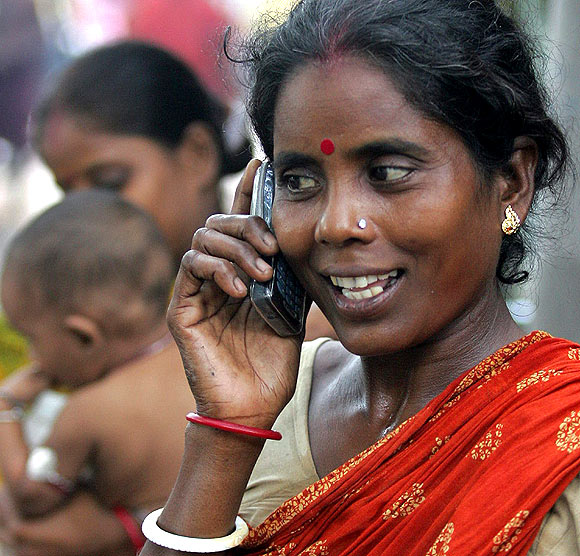
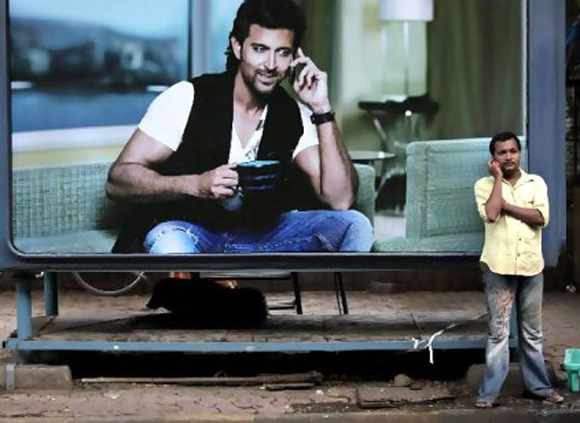
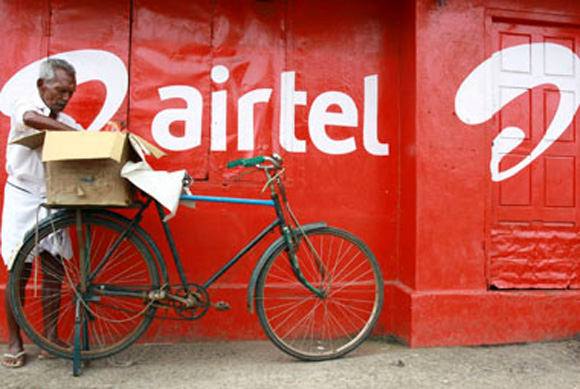
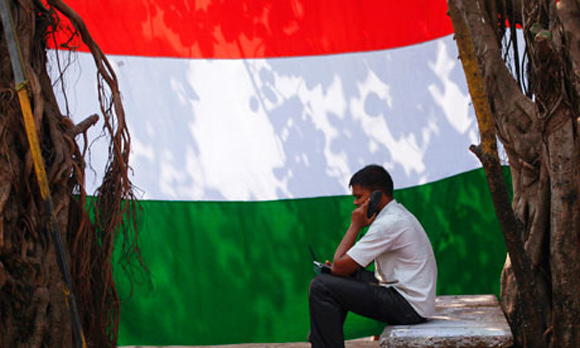
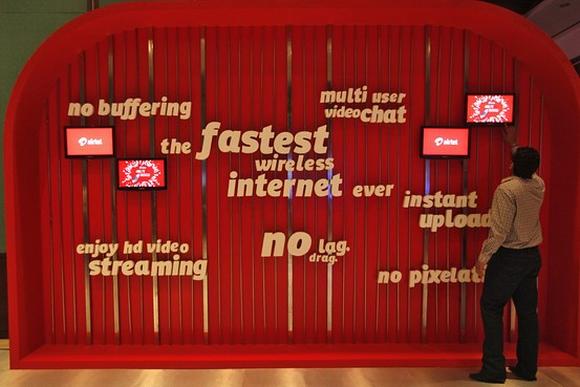

article